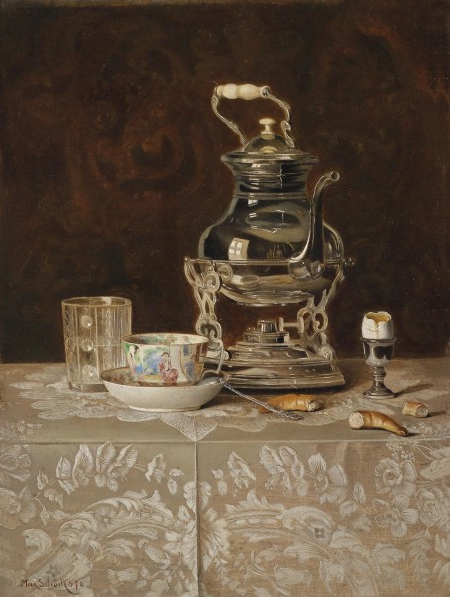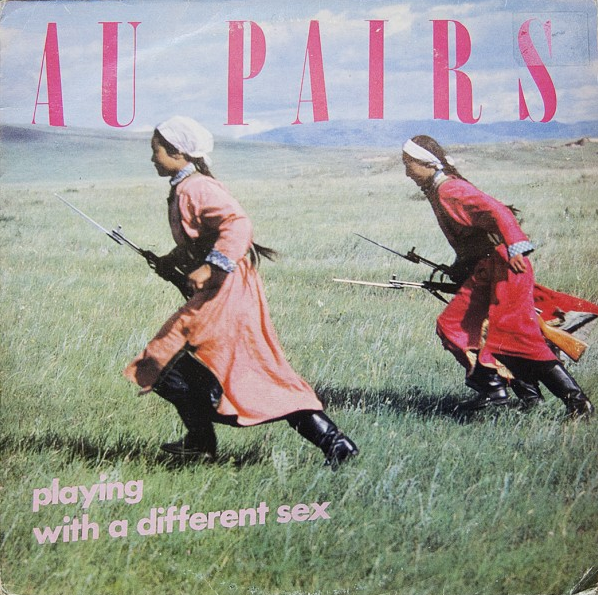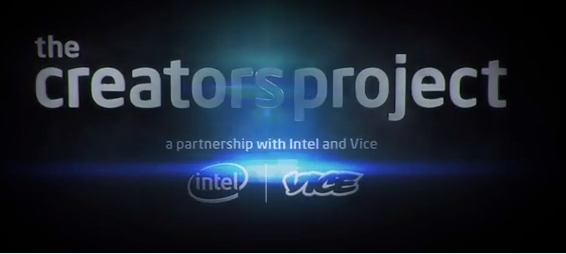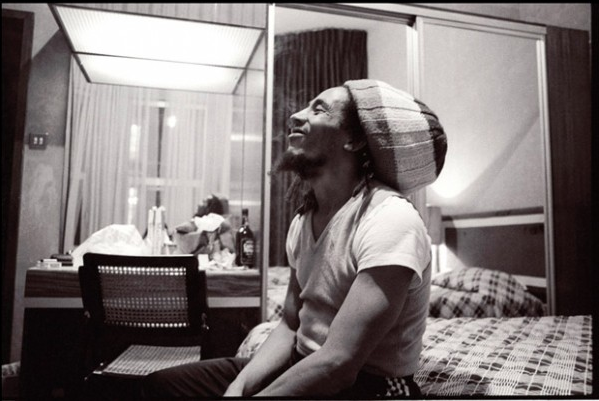The Man That Didn’t Blink
Albert Paris von Gutersloh by Egon Schiele
I knew a man who never blinked. It was quite discomfiting. I’d not considered blinking that important until confronted with its absence. This chap just seemed a bit odd, a little lacking in emotion. Was he perhaps an android? When talking to him I couldn’t avoid the impression that he was unnaturally certain of his own opinions. And that that blind certainty was what I was finding unattractive. I realised that, whilst I like the self-assured, absolute certainty can be troubling, alienating, disturbing.
I guess that’s why I’ve always responded better to leaders who, though boundlessly confident, exhibit a sensitivity to risk and doubt, a consciousness of paths not taken. I’m rarely convinced by absolute conviction.
For similar reasons I feel certainty in advertising has always been fool’s gold. Claude Hopkins wrote Advertising Science back in the 1920s. And science has given us analytical tools and techniques that have dramatically enhanced our understanding of consumers and our ability to communicate effectively. But, however much we may wish it, science has never given us certainty.
I recently attended a stage adaptation of the great Henry Fonda movie, 12 Angry Men. At its heart it’s a celebration of reasonable doubt, and an indictment of the unreasonable certainty that so many people carry around with them. I was struck by the idea that reasonable doubt is a force for good in society. Because life is an ongoing navigation of trade-offs, dilemmas and contrary preferences. Life isn’t about certainty.
In our business I’ve seen how, many a time and oft’, the quest for unreasonable certainty has actually fostered doubt and indecision. The pursuit of total proof can close windows of opportunity and analysis paralysis can inhibit bold leaps forward.
Recently we have all been redesigning the marketing model. We have embraced the vision of a customer engagement system that is more connected, more targeted, more knowing and less wasteful. Something that learns, creates, adapts and distributes in real time. But we should not imagine that any new model will deliver unreasonable certainty. All models need ideas to animate them. And the best ideas occur at the intersection of logic and magic, at the meeting point of rationality and emotion.
What is exciting about the modern age of marketing is the opportunity it affords us to explore this happy interaction between art and science. At BBH we’ve been talking a lot about High Performance Creativity. We believe that technology enables a more intimate relationship between creativity and performance, and that that intimacy will generate better, more effective work. We believe that data should not just be big; it should be strategically insightful and creatively inspiring. We believe that performance measures should not be backward looking proofs, but live, forward-facing guides. We believe that, while High Performance Creativity cannot promise certainty, it can deliver incredible potency.
I’m reasonably certain about this.
First published: BBH LABS 30/05/2014
No. 25














